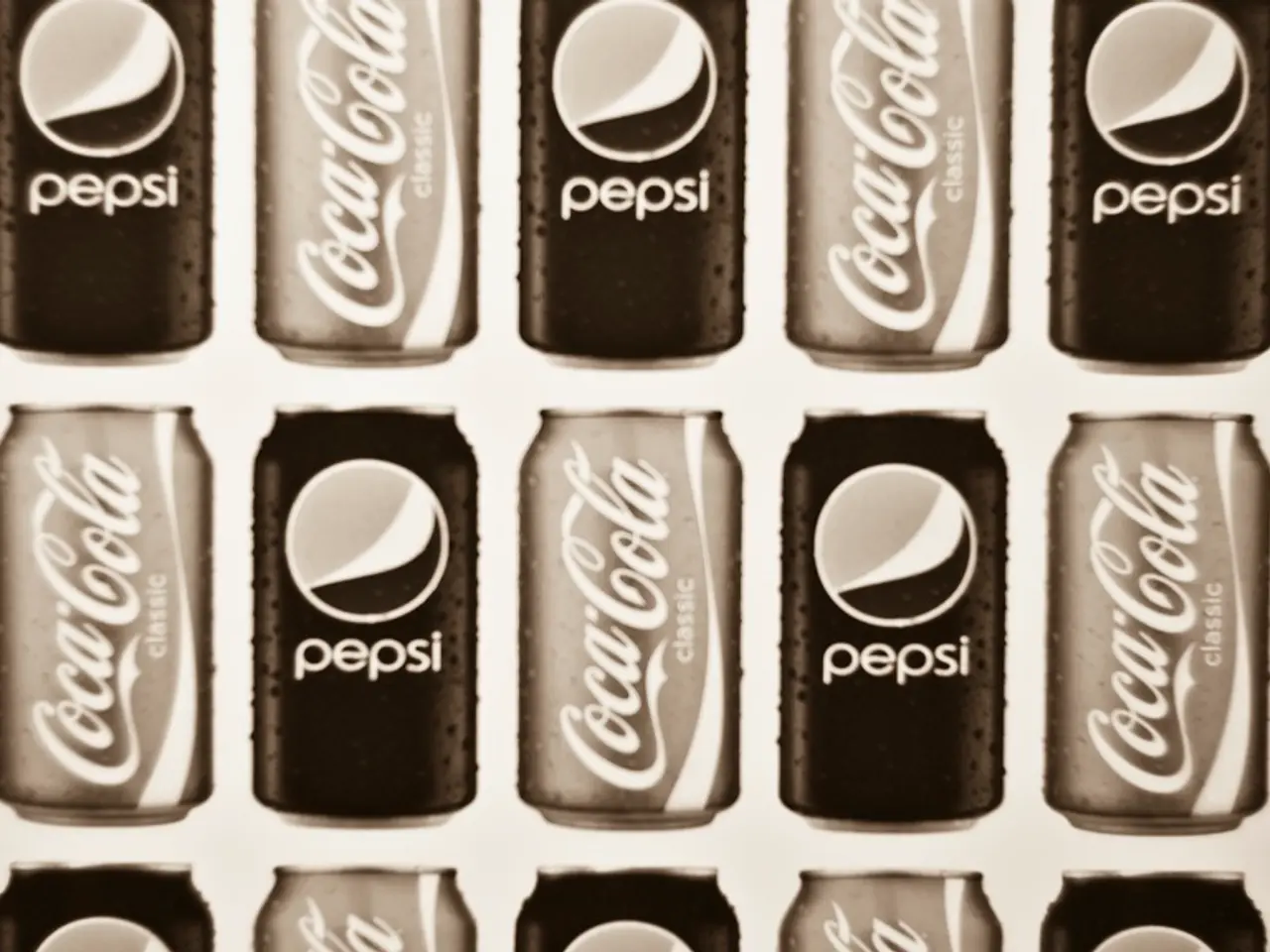Aluminum Drink Can Market Forecasted to Reach 75.7 Billion Dollars by 2034
The global market for aluminum beverage cans is projected to grow significantly, reaching an estimated USD 75.7 billion by 2034, according to recent reports[1]. This growth is expected to occur at a compound annual growth rate (CAGR) of 4.9% from 2025 to 2034.
North America currently holds the largest share of the global market, accounting for around 32.8% in 2024[1]. This dominance is attributed to high consumption of canned beverages, advanced manufacturing infrastructure, and well-established recycling systems. Europe follows closely, with a significant market presence bolstered by rigorous environmental policies and high aluminum can recycling rates[1].
Asia Pacific is experiencing rapid growth, driven by urbanization, rising disposable incomes, and expanding retail networks. Although it currently holds a smaller market share than North America and Europe, its market expansion is faster, reflecting rising consumption and packaging modernization[3]. Latin America and the Middle East & Africa regions are also growing markets, driven by population growth, changing consumption behaviors, and improvements in metal can packaging infrastructure[3].
Key factors influencing these regional variations include recycling infrastructure and consumer awareness, regulatory frameworks and deposit return schemes, economic growth and urbanization rates, and market maturity and investment in packaging technology[1][3].
In terms of segmentation, the 330ML-500ML segment holds a leading 45.9% share in 2024. Carbonated Soft Drinks hold the top application spot, capturing 51.2% of the aluminum beverage cans market[1].
Sustainable packaging is a growing trend in the market, with companies like Ardagh Group launching EcoCans, made with 100% recycled aluminum, and Can-Pack introducing Smart Can, an interactive aluminum can with QR codes for consumer engagement[1].
Government policies also play a crucial role in the market's growth. For instance, the U.S. has deposit return systems in place, which improve recycling rates and consumer confidence[1]. In contrast, Europe achieved a record 75% recycling rate in 2022[1].
The market includes production, distribution, consumption, recycling, and related infrastructure. Notable players in the market include Ball Corporation, which is investing in low-carbon aluminum and aims to achieve net-zero emissions by 2050, and Toyo Seikan, which has developed Evercan, a next-gen aluminum can with improved durability and recyclability[1].
In conclusion, the global aluminum beverage cans market is set to maintain strong market growth, especially in North America and emerging economies. Companies are investing in sustainable packaging solutions and technologies to meet growing consumer demand for eco-friendly products.
[1] Market Reports World [2] Beverage Daily [3] Aluminium Insider
Sports events increasingly utilize aluminum beverage cans due to their lightweight, recyclable, and durable nature, enhancing fan experiences and reducing environmental impact. This trend is expected to accelerate with growing investments in sustainable packaging solutions by companies such as Ball Corporation.
Sustained growth in the global aluminum beverage cans market, especially in emerging economies, presents opportunities for sports associations and event organizers to adopt eco-friendly practices, aligning with consumer attitudes on sustainability.






